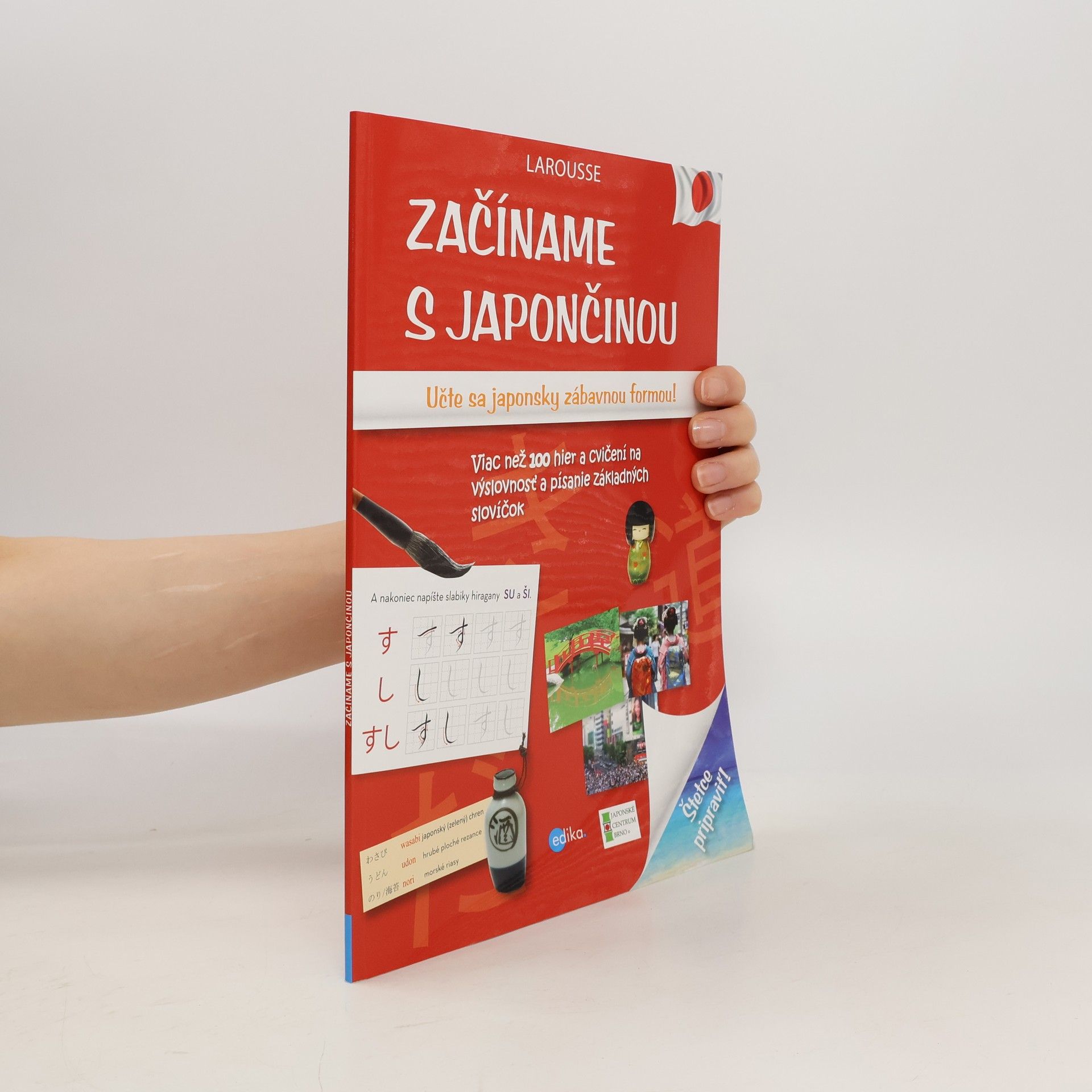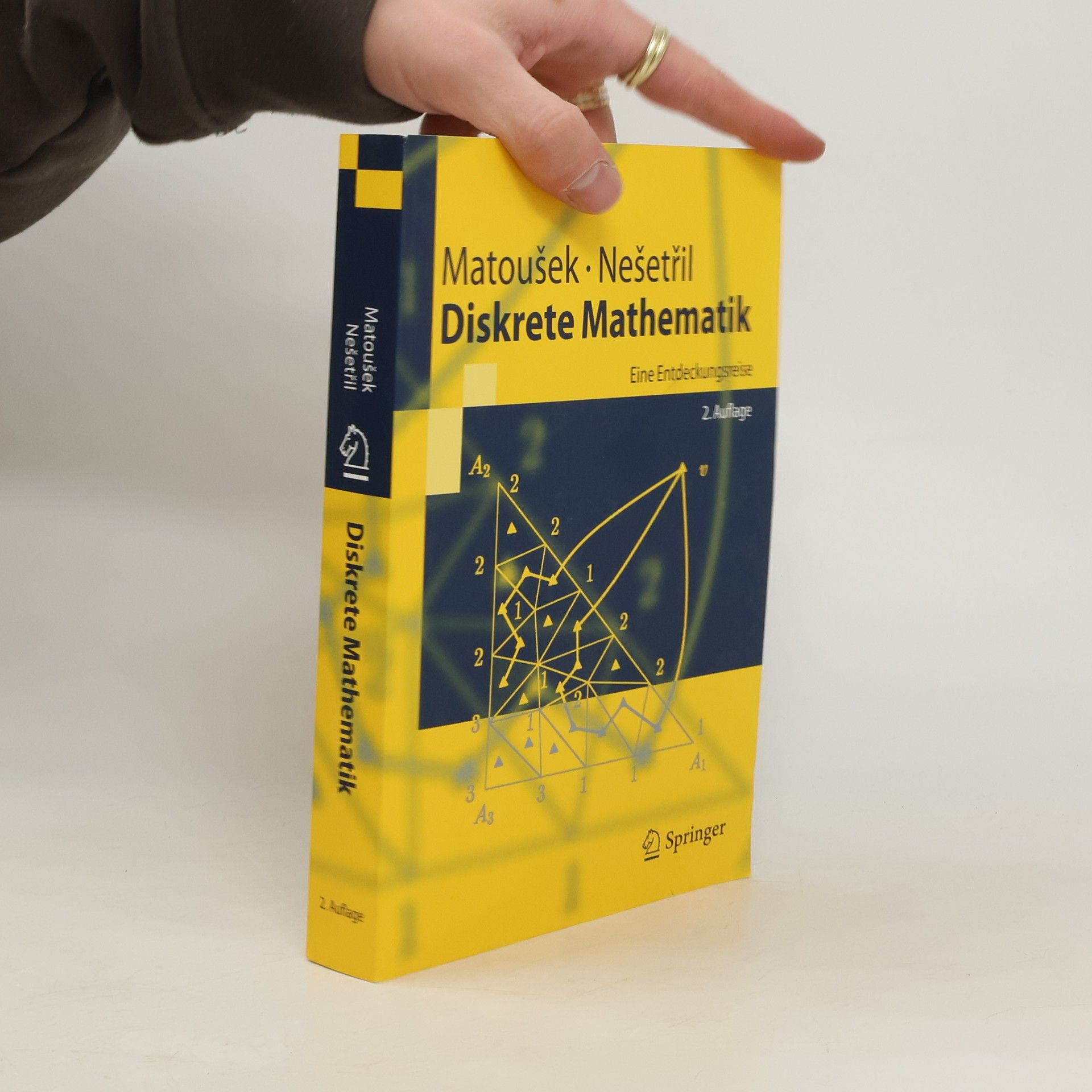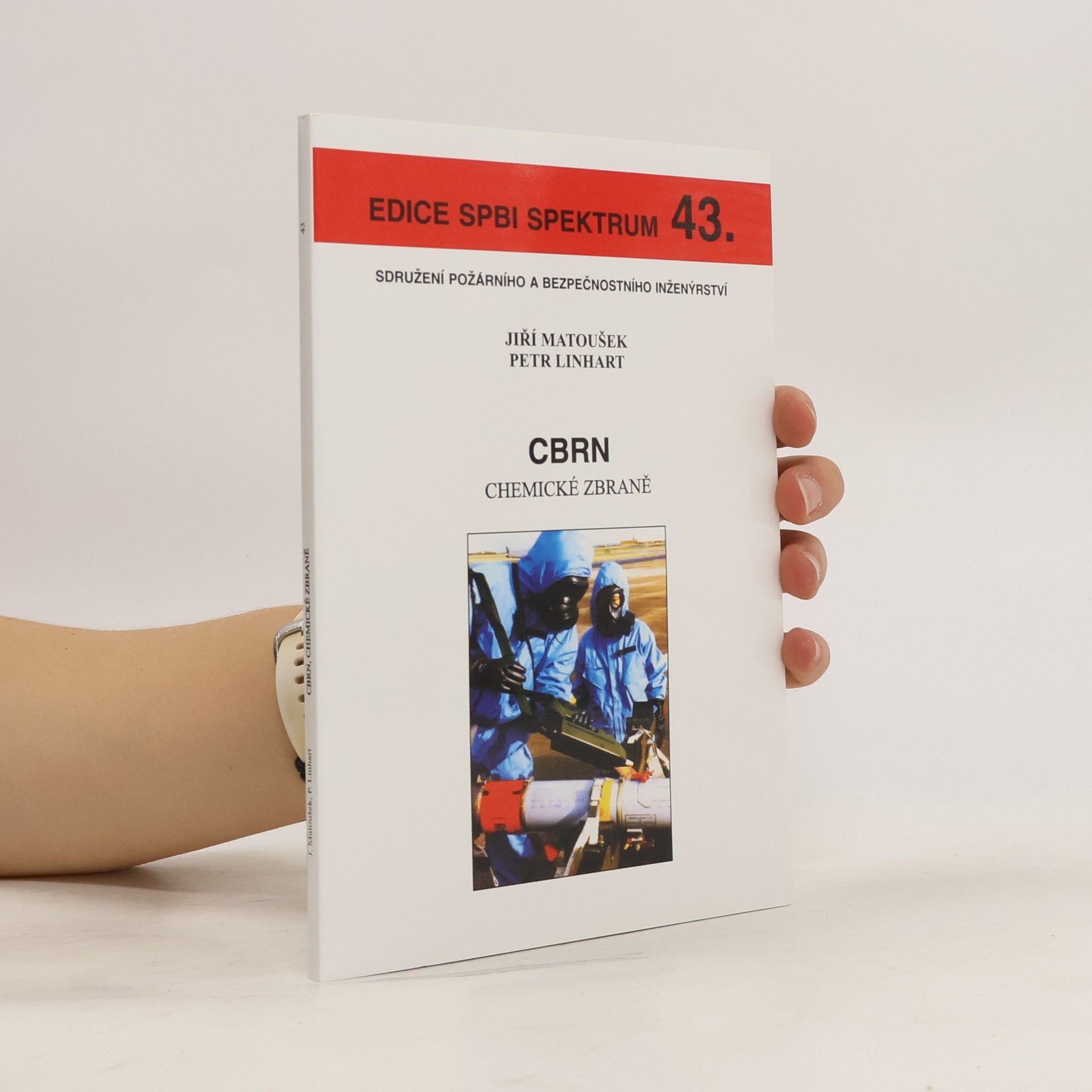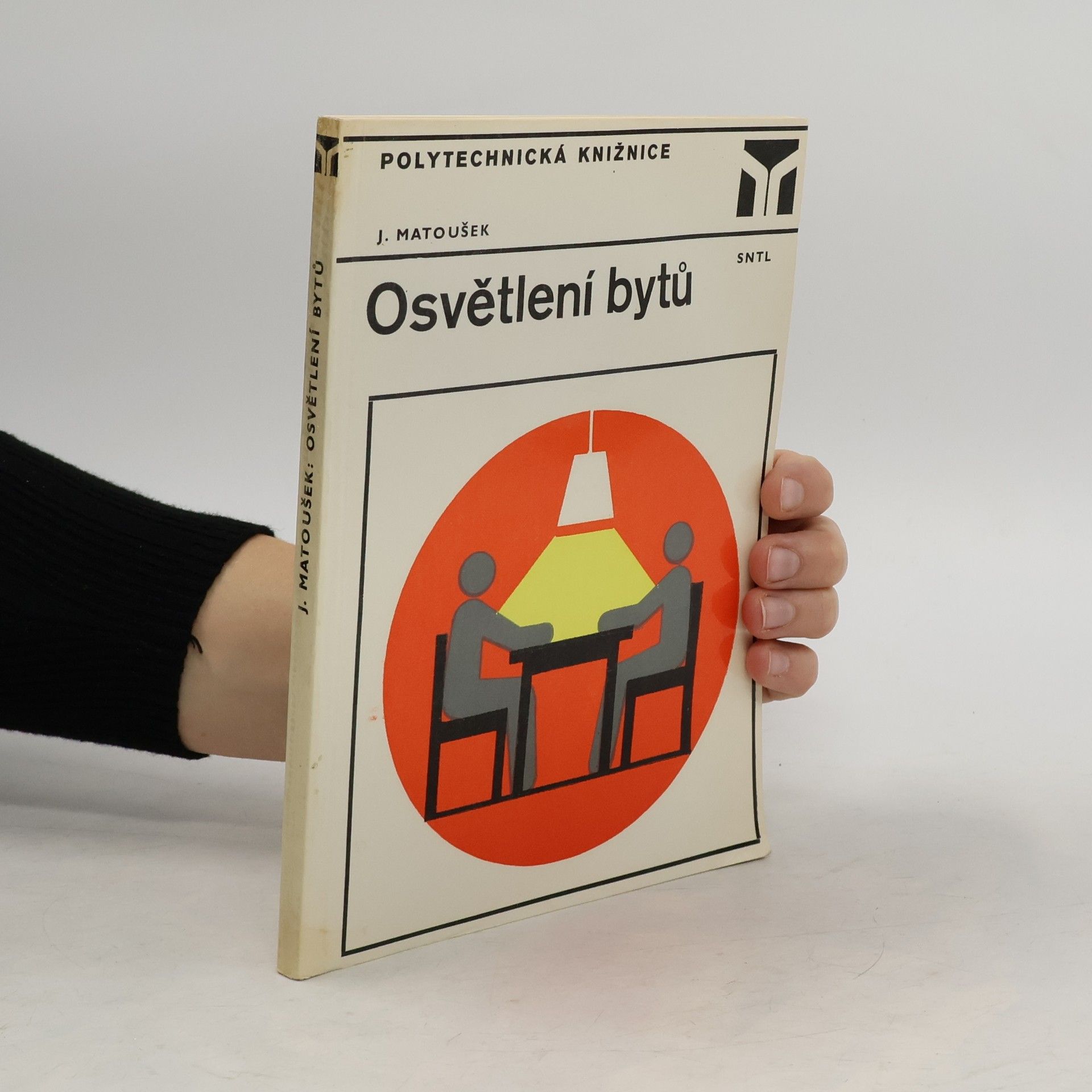Dieses Buch bietet eine hervorragende Einführung in Kombinatorik und Graphentheorie für Studienanfänger in Mathematik und Informatik. Besonders bemerkenswert ist der ungewöhnliche und attraktive Stil der Darstellung. Die Sprache ist vorwiegend dialogisch, was den Leser in die Gedankengänge des Autors hineinzieht. Zu Beginn eines Beweises werden die Grundidee und Zielsetzung erläutert, und im weiteren Verlauf fördern alternative Formulierungen das Verständnis. Dies ermöglicht dem Leser, adäquate Vorstellungen zu den formalen Schritten zu entwickeln, was eigenständiges und kreatives Denken anregt. Die Lektüre ist somit motivierend und anregend! Die Aufgaben sind anspruchsvoll, werden jedoch ausführlich erklärt. Die Themen der Kombinatorik und Graphentheorie werden in all ihren Facetten, reizvollen Ergebnissen und vielfältigen Anwendungen behandelt. Die Autoren beweisen zentrale Sätze mehrfach und motivieren wichtige Theorien anregend. Ihr Ziel, Freude am mathematischen Denken zu vermitteln, haben sie erreicht. Eine Vielzahl interessanter Aufgaben bereichert den Text, und für die schwierigeren Aufgaben gibt es Lösungshilfen im Schlusskapitel. Schulkenntnisse reichen oft für ein Verständnis aus, sodass der Band auch Schülern empfohlen werden kann.
Jiří Matoušek Bücher






Kováři, zámečníci, cínaři, platnéři a zvonaři s tvářemi umouněnými od „černého díla“, jejichž technologie a pracovní postupy jsou již zapomenuty, dokázali vytvářet fascinující artefakty. Svá vědění a um předávali jen svým nejbližším. K těmto oborům patří také historické puškařství, pažbařství, marketerie a obory související. Kapitola o restaurování objasňuje tajemství technik a může napravit mnohé omyly navršené v průběhu věků. Kniha obsahuje velké množství barevných fotografií.
Natáčíme a upravujeme video na počítači
- 228 Seiten
- 8 Lesestunden
Chcete překvapit členy vaší rodiny krásným a kvalitním videozáznamem ze setkání a oslav?
Začíname s japončinou
- 48 Seiten
- 2 Lesestunden
Viete, aký je rozdiel medzi hiraganou a katakanou? Viete, ako sa má správne jesť rezancová polievka ramen? Vyznáte sa v tradičnom japonskom kalendári? Tušíte, čím to je, že v japonských hoteloch a nemocniciach nenájdete izby číslo 4 a 9? Odpovede na tieto a ďalšie otázky o japonskom jazyku a kultúre nájdete v knihe. Veľmi pekná a bohato ilustrovaná príručka pre všetkých, ktorí sa buď začínajú zoznamovať s japončinou, alebo už ovládajú základy tohto exotického jazyka.
CBRN : jaderné zbraně a radiologické materiály 53
- 216 Seiten
- 8 Lesestunden
CBRN - chemické zbraně
- 151 Seiten
- 6 Lesestunden



